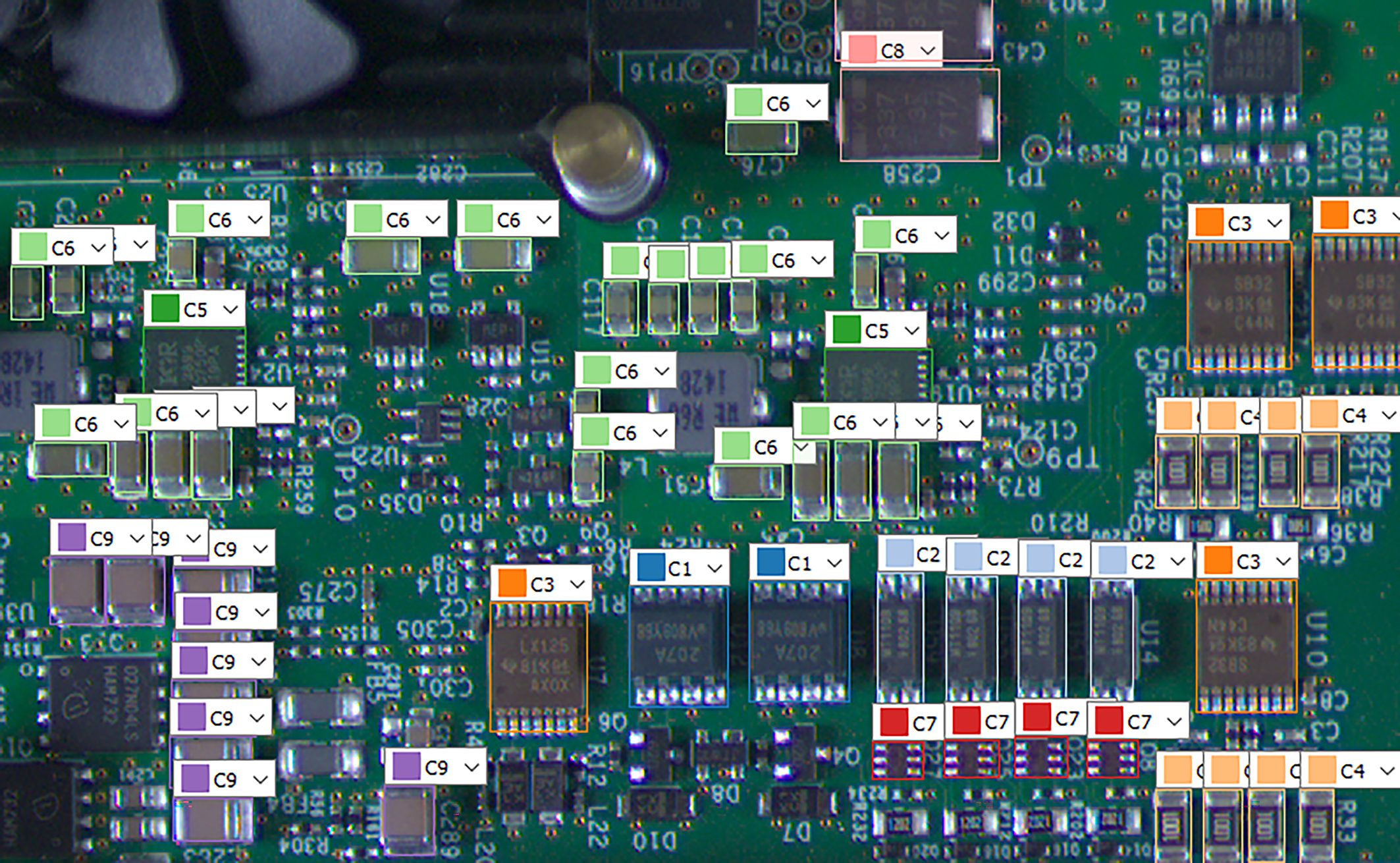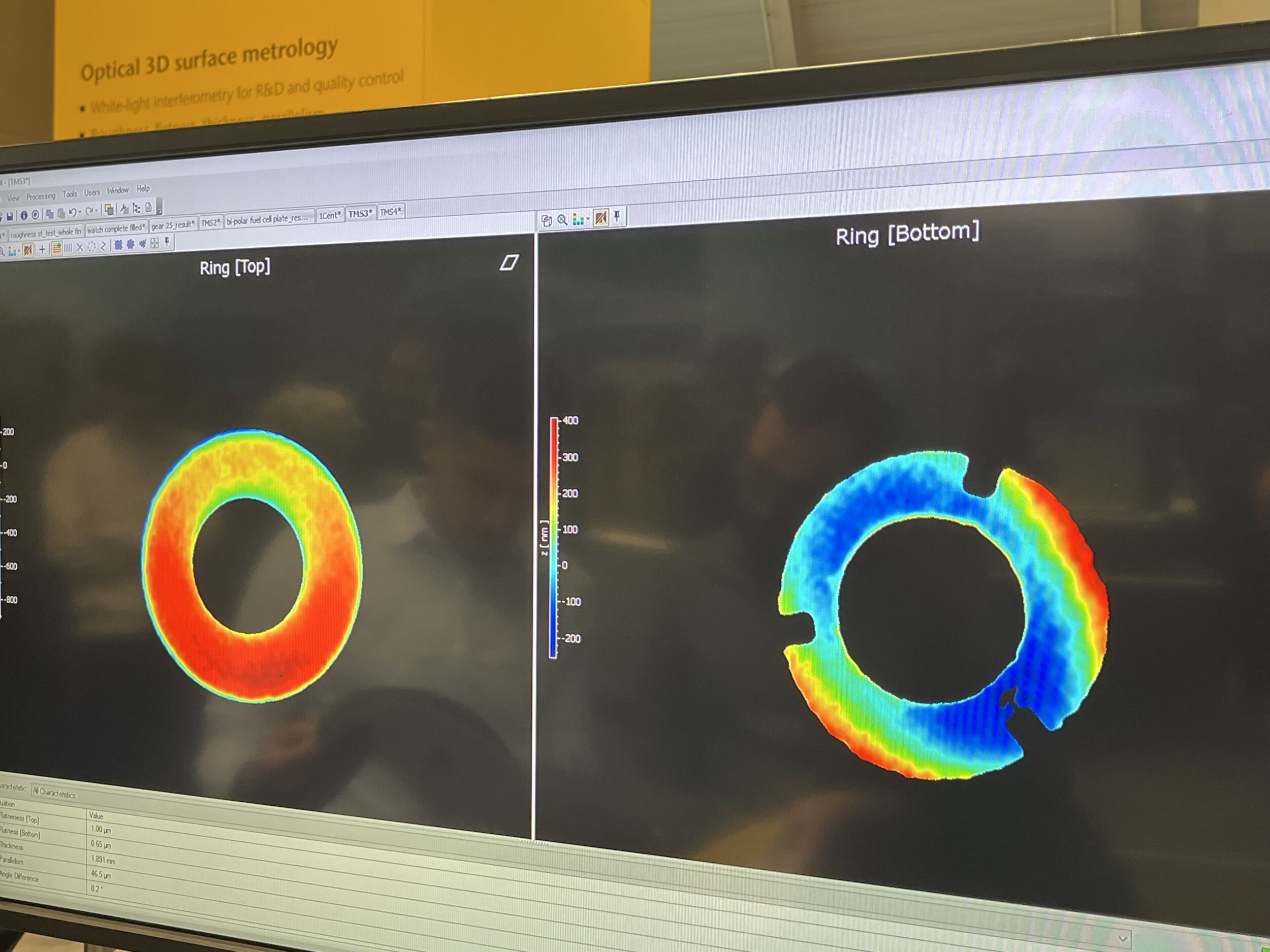Deep learning bundle for object localization and identification
The Deep Learning library EasyLocate completes a range of image processing and analysis libraries that are in regular use with an extensive user base, mostly machine manufacturers who supply the semiconductor and electronics industries. It will be launched as part of the Open eVision 2.15 software of Euresys and can be used to locate and identify objects, products, or defects.

Image 1 | EasyLocate has the capability of distinguishing overlapping objects. It is suitable for counting the number of object instances. The users have time to evaluate the library, before they commit to a license payment. (Bild: Euresys SA)
Two main benefits have been identified for the new tool: Firstly, the library is very easy to use and fits seamlessly into a customer’s application. Secondly, with EasyLocate, the customer has time to evaluate the library, before they commit to a license payment. This is a major differentiating benefit to the customers, as with other products on the market, there is no opportunity to first evaluate them and see if they are appropriate for the machine considered. EasyLocate has the capability of distinguishing overlapping objects and is suitable for counting the number of object instances. It is based on Deep Learning algorithms and works by learning from examples. In practice, it predicts the bounding box surrounding each object, or defect, which was found in the image and assigns to each bounding box a class label. It must be trained with images where the objects or defects that must be found have been annotated with a bounding box and a class label. The deep learning network architecture was specifically designed for industrial machine vision applications. It is inspired from state-of-the-art architectures such as YOLO and RetinaNet.
Deep Learning Bundle
EasyLocate is part of the Deep Learning bundle of Open eVision. The Deep Learning bundle also includes EasyClassify, a library for the classification of images, that is used for defect detection and product recognition. The user of the Deep Learning bundle can also lean on the abilities offered by the EasySegment library, which is designed to ease the process of segmenting objects and defects. In the unsupervised mode, it is used for defect segmentation. It is trained with only good images and then segments the parts that differ from the standard model. In supervised mode, it can segment anything, including objects and defects. It requires a ground truth segmentation mask for each training image.

Image 2 | EasyLocate is based on deep learning algorithms and allows multiple objects recognition (Bild: Euresys SA)
Free Evaluation
In addition, the free Deep Learning Studio application is a key element of the offering. It is set up for fast dataset annotations and the training and evaluation of eVision’s Deep Learning tools by and within the customer environment. What the users appreciate is that Deep Learning Studio is free to download from Euresys web site and that no license is needed. This allows them to evaluate the performance of the eVision tools with actual images from their own customers, solving any potential confidentiality issue. Another major benefit is that EasyLocate runs on the CPU, or with Nvidia GPUs, for faster training and inference. The neural network of the software has been specifically designed and optimized such that some applications may only need CPU for inference.
What’s Next?
EasyLocate support for Linux (Intel x64 platform) is coming in 2021. New features and upgrades will include, before the year-end, possible support for oriented bounding boxes, key point localization and arbitrary image resolution. And throughout 2021 there will also be continuous improvements to Deep Learning Studio.












